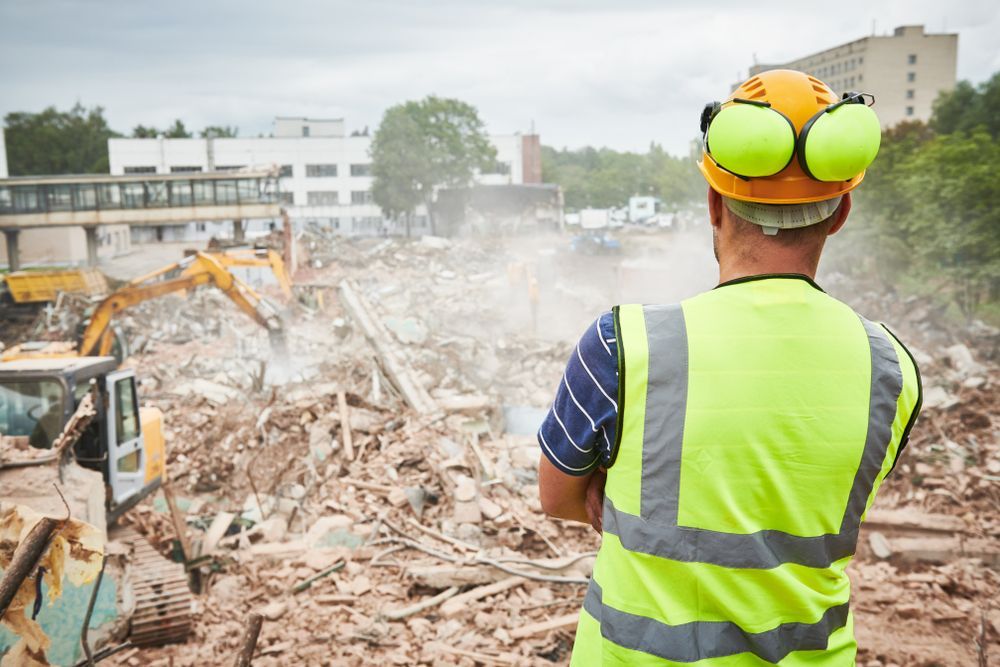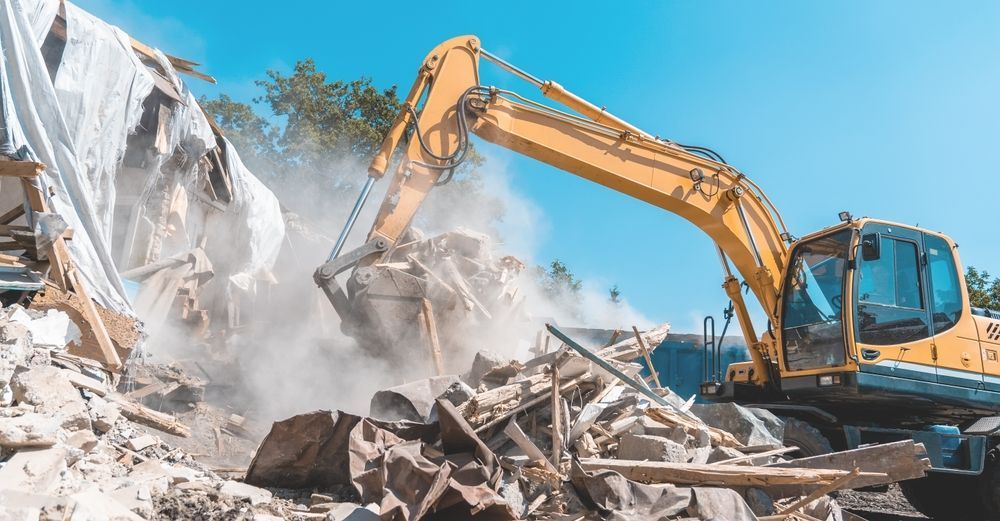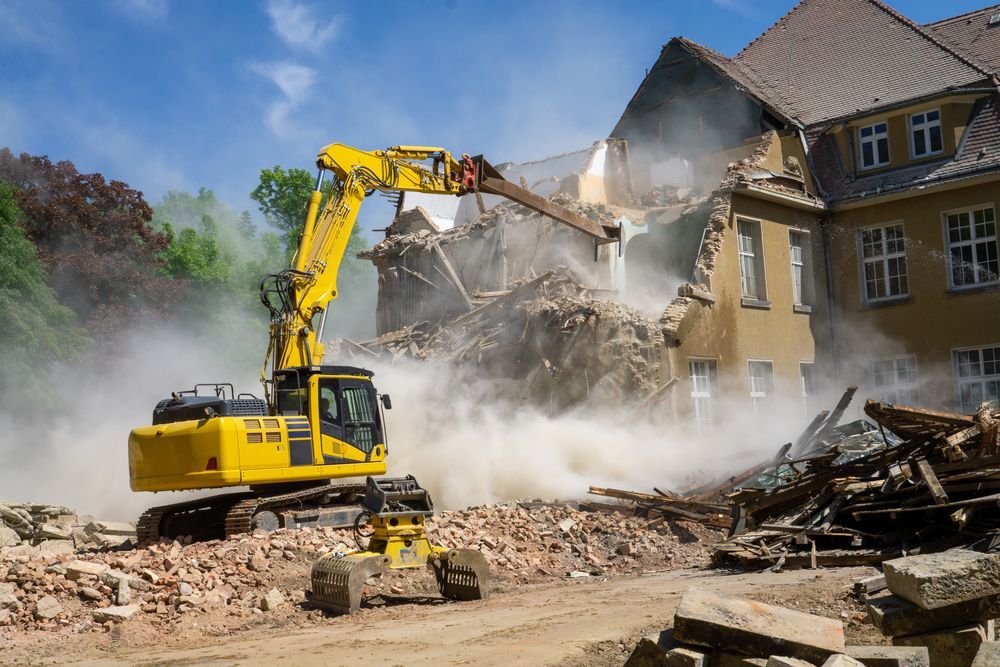Should Historic Buildings Be Preserved or Demolished?
Share this article:
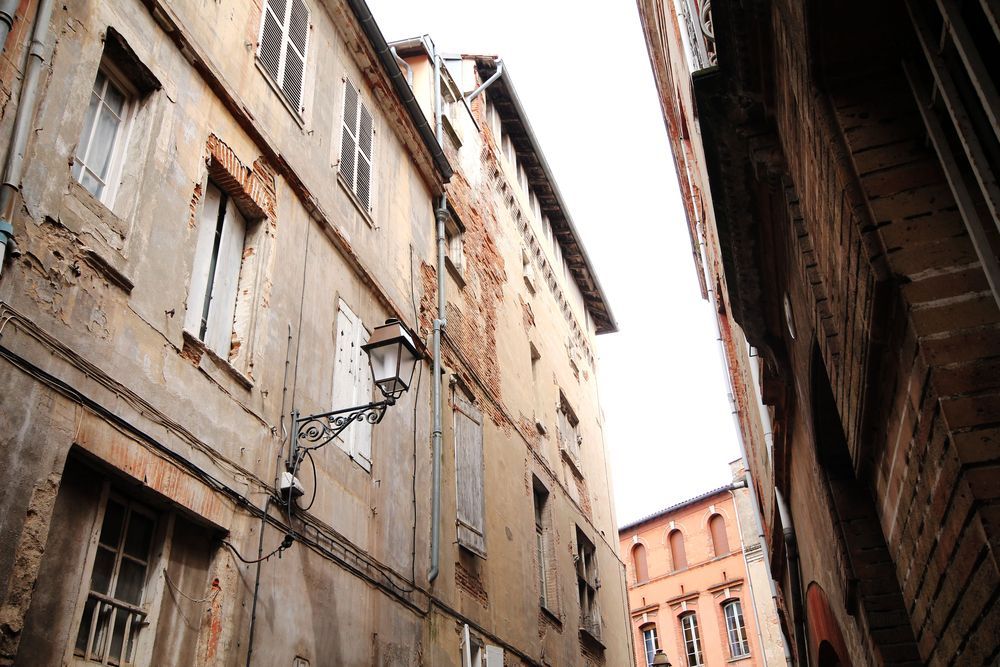
While
commercial building longevity depends on a variety of factors that may include geographic location, the level of craftsmanship and quality of materials used during initial construction, and more, most experts believe that a typical structure should last anywhere from 50 to 60 years before significant maintenance, or other intensive care or renovations are necessary to maintain its integrity.
With that being said, there’s a question of what’s to be done with older buildings – especially those older than 50 to 60 years old that may require more upkeep than what they’re actually worth. In this post, we’ll take a closer look at whether old buildings should be preserved or demolished, what to consider with each decision, and the pros and cons of each. Here’s a closer look:
When Should Old Buildings be Demolished?
Think of buildings similar to how you’d think of an aging car or other major appliance in that as it ages, it is going to require more maintenance – and more money – to keep in good condition. Eventually, it may come to a point where you’re sinking more money into the vehicle to maintain it than what it’s actually worth. At this point, many drivers will opt to purchase a new, less maintenance-intensive vehicle.
Buildings can be viewed through a similar lens. As we noted in the beginning, most have a 50-60-year shelf life before significant upkeep is necessary. Generally speaking, there are several situations
demolishing a building makes sense. These include:
- When a building becomes a threat to public safety.
- When a building becomes abandoned or unkempt to the point where it’s negatively impacting property values.
- If the commercial building is not up to modern building codes, presents a fire hazard, or contains asbestos-containing materials.
- If the land or lot that a building resides on could be redeveloped for another, more beneficial purpose.
- If the building is inoperable.
Keep in mind that the demolition of an existing building doesn’t have to be a complete demolition. Partial demolitions, which only demolish part of the structure, can also be done if there’s only one area of the building that really needs attention. Partial demolitions are often done before remodeling projects occur.
When Should Old Buildings Be Preserved?
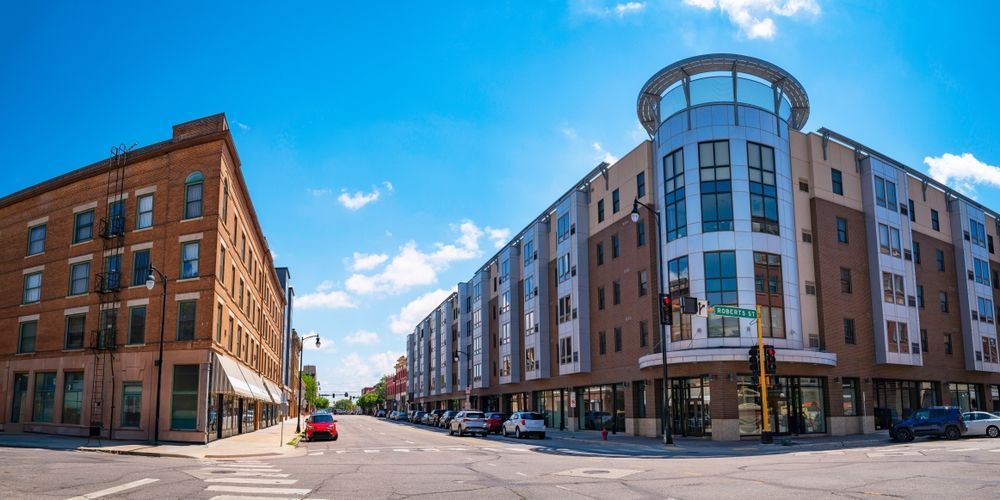
Perhaps the biggest reason to spend money on preserving an older building is to keep a certain area true to its past and strike the certain community look and feel that a municipality is striving for. Some properties may even try to reach a historical landmark status by continuously reinventing old structures so that they serve more modern-day purposes. Some other reasons for preserving rather than demolishing old buildings include:
- Environmentalism: Repairing and reusing is much more eco-friendly than building a brand new building.
- Remodeling and repairing older buildings can help add character to an area and attract investment.
- People may grow attached to certain buildings and landmarks, and it may be difficult for a community to see some of its identity disappear.
What are the Advantages and Disadvantages of Both?
There are both pros and cons to preserving and demolishing older buildings. In this section, we’ll take a closer look at each route.
Pros of Preservation
- Historic buildings add charm and character to an area and can help establish a community’s identity.
- Old or historic properties can be used in ways that benefit the community.
- Preservation can help preserve the original work and any unique features of the building. Many older buildings were built using different materials and techniques.
- Preservation is almost always the preferred option compared to demolition when it comes to landmarks or old, historic properties.
Cons of Preservation
- Preserving an older building can be expensive and cost more money in the long term than it would to demolish the building.
- The building may pose a significant safety risk. It may present a fire hazard, contain asbestos-containing materials, and not have up-to-date building codes.
- Despite a community’s best interests, some buildings are better demolished than preserved.
Pros of Demolition
- When done correctly, demolition is a safe process that can eradicate unused, unsafe, or underutilized property to make way for new development.
- A building doesn’t have to be completely demolished. If only a part of a building is a problem, partial demolition may occur. As the name implies, this only involves demolishing a portion of a building to make way for new development.
- Many demolished building materials can be recycled and reused.
- Demolition can help increase local property values by removing a building that is vacant or has become an eyesore.
Cons of Demolition
- People may grow attached to older buildings that add historical charm to an area. Hence, plans for demolition may be met with public disapproval.
- It can be difficult to get a permit to demolish an older building, especially if there’s a contingent of people who are adamantly opposed to a building’s demolition.
- Depending on the type of demolition that is carried out, it can be a long, tedious process that disrupts other buildings and homes in the area. This can be especially true if there are hazardous materials that need to be accounted for prior to a building coming down.
- Once a building is gone, there’s no bringing it back.
- If done incorrectly, hazardous building materials may contaminate the local environment.
Contact Alpine Demolition Today
If you do make the decision to demolish rather than restore or renovate a historic building, it’s important to work with the right demolition contractor. That’s where Alpine Demolition comes in. As experts in
all types of demolition and with a focus on safety, we make it a point to carry out demolitions in a safe, fast, and effective way. We’ll also sort through materials and salvage everything possible for recycling and reuse purposes. Contact us today to learn more and to schedule a consultation on your next demolition project.

